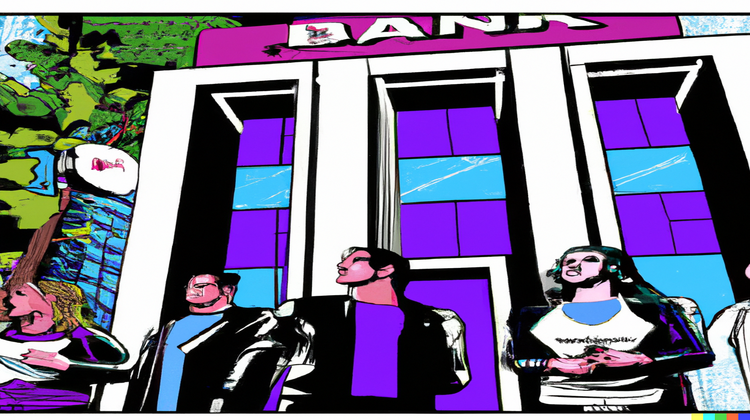The Customer Effect
‘We don’t make that much money on them’: The opportunities and gaps in banking with Gen Z
- While Gen Z is estimated to have $360 billion in disposable income, only 33% of them are using a financial provider.
- David Donovan, EVP of Publicis Sapient, talks about the opportunity Gen Z represents for FIs and why they are failing at capturing the demographic's attention.









